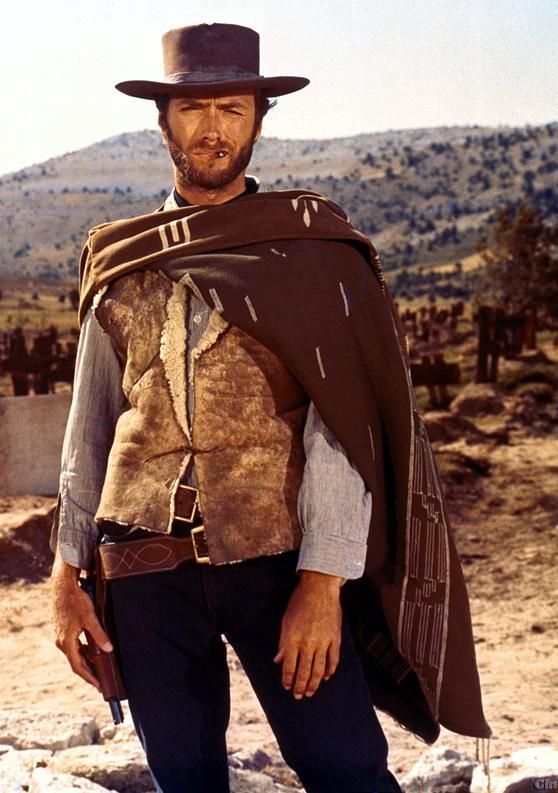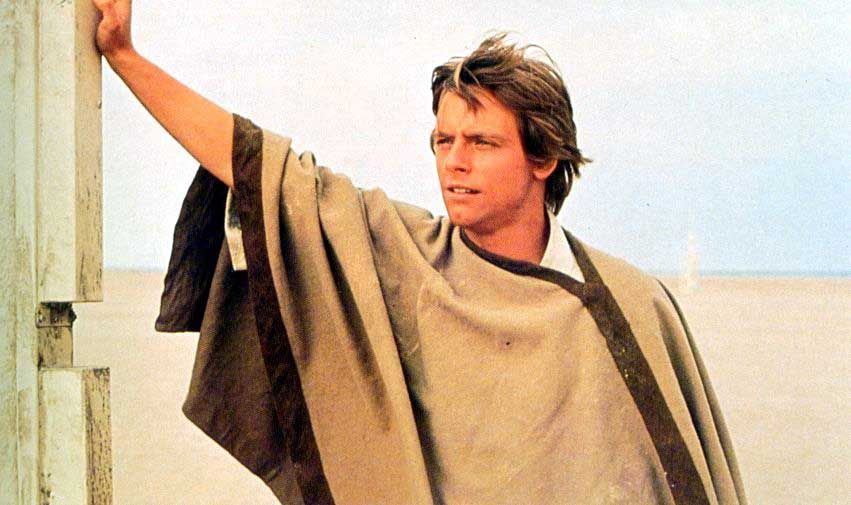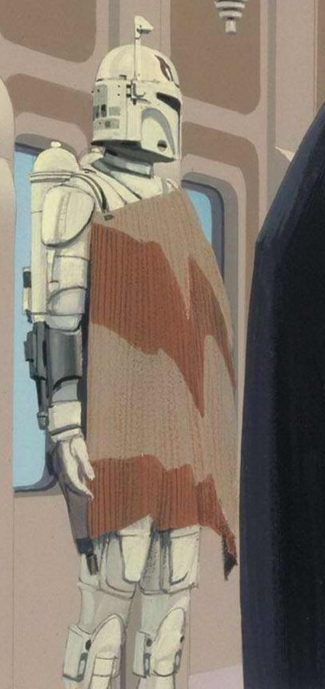Very good catch re: Shadows of the Empire. I hadn't even thought of that, but the Fritz Lang influence is obvious.
---
Alexander Nevsky features the Grand Master of the Teutonic Knights naming one of his order the new Prince of Novgorod--before Novgorod has even been conquered. In Lucas's 1974 rough draft the Emperor does the same for Crispin Hoedaack, the new Governor of Aquilae under Imperial rule.
Eisenstein's striking juxtaposition of black-robed monks and white-robed knights among the German armies also has echoes in both the SW rough draft--where black-armored Imperial troops march down white corridors--and in the final film, which sets the black-clad Darth Vader against white-armored stormtroopers.
And Lucas's rough draft describes the Grande Mouff Tarkin, an Aquilaean priest who wears "long black robes," as contrasted with the white robes of Aquilae's military officers. Here Lucas's use of color symbolism is as deliberately simplistic as elsewhere in the script--more in the vein of Fritz Lang than Eisenstein--because Tarkin is a defeatist who counsels against General Skywalker's plan to save Aquilae from invasion through a pre-emptive strike.
(The priestly origin of this character name explains the derivation of the title Grand Moff: it comes from "Grand Mufti," the chief priest of the Ottoman Empire.)
Plus, the Bene Gesserit in Dune wear black robes, which may have contributed to the black-clad Jedi seen in TPM concept art.
Incidentally, in Fritz Lang's Die Nibelungen, the heroine Kriemhild goes from wearing a white dress in the first film, to wearing mourning black in the second, after her husband Siegfried is killed. This marks her transformation from a youthful, naive innocent to a grieving widow obsessed with vengeance. Lucas surely noted this, though he opted instead to have the rough draft's Leia go through the Madonna-whore transfiguration seen in Lang's Metropolis.
As for Annikin Starkiller's costume, although early on he wears the white uniform of the Aquilaean military, once the group of fugitives set out for Ophuchi with the Princess, he is disguised as a farmer. Likely his farmer outfit would also have been white, making it almost exactly like the costume Mark Hamill wears in the final film.
Because Annikin Starkiller is armed with a laser-sword and laser pistols, he is presumably concealing them. Probably with a brown poncho, reminiscent of Clint Eastwood's Man With No Name:

Mark Hamill wore such a poncho over his white outfit in SW 1977, although it hardly shows up in the final film.

The idea of a white-clad character with a brown Clint Eastwood-inspired poncho would recur in early concept art for ESB. Boba Fett originally had white armor, but his poncho was already brown.
